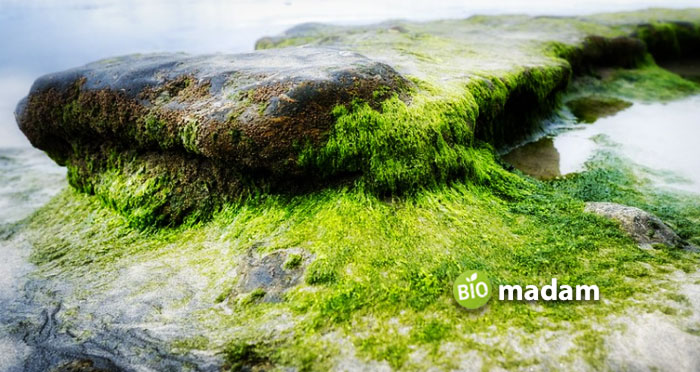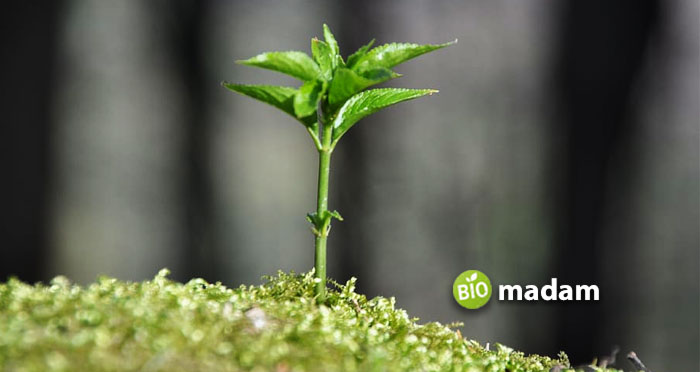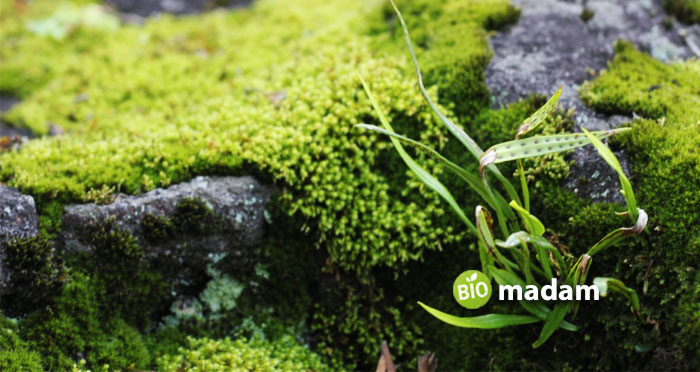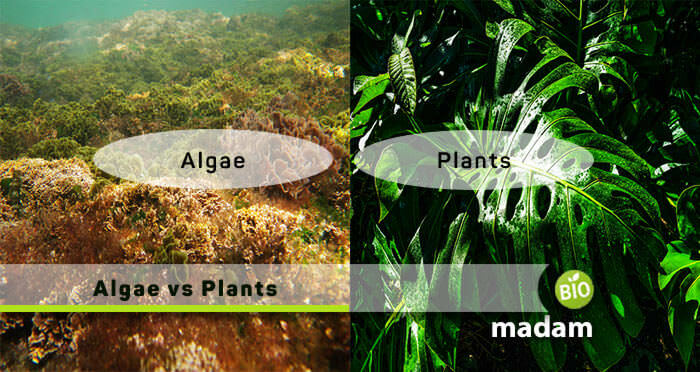Here to grab the difference between algae and plants. Remember that the main variating factor between both these organisms is the nature of the cell. All plants, be it vascular or non-vascular are multicellular, whereas an alga can be multicellular or unicellular.
You can consider the life of algae simpler as compared to complicated plants. Furthermore, they both are autotrophs, so they prepare their food themselves through photosynthesis.
There are many chief differences between algae and plants that we have presented below. So, let’s figure them out in detail
Comparison Table
| Basis of Comparison | Algae | Plants |
| Kingdom | Belongs to Kingdom Protista | Belongs to Kingdom Plantae |
| Cellular Nature | Algae can be either unicellular or multicellular | Plants are multicellular only |
| Mobility | Freely floating in the water, some have attached flagella too | Sessile species, so cannot move |
| Presence of Vascular Bundles | No bundles present | Vascular structures present to perform their specific functions |
| Aquatic or Terrestrial | Aquatic | Terrestrial |
| All Photosynthetic Pigments | Chlorophyll, carotenoids & phycobilin | Chlorophyll and carotenoids only |
| Life Form | Simple | Complex |
| The Function of Attached Root | The roots or rhizoids present do not have any role in absorbing nutrients | The plant roots play a vital role in fetching water and nutrients from the soil |
Algae – Brief Explanation
According to the latest research, there is a wide range of algae present (about 320,500) all around the globe. These organisms survive under the Kingdom Protista, where they live a simpler life form.
Algae are autotrophs that can exist as both a unicellular or multicellular species. Such organisms prepare their colonies underwater as there are no vascular bundles or anatomical variations present. They can also easily float underwater, having the facility of flagella for better mobility. A few of these bodies are found growing on the snow or on some animals, such as sloths.

Plants – Brief Explanation
Plants contain multple genera with diverse species under the Kingdom Plantae. As per a statement, there are almost 315,000 plants on Earth, with 290,000 being flowering plants. All plants are complex organisms with multicellularity that produce their food from chlorophyll and sunlight, and so are autotrophs.
All parts of a plant are particular in their functioning, such as different types of leaves, roots, and body trunk. Excluding a few, all of them are non-motile eukaryotes, with their roots absorbing water and essential nutrients from the soil. These absorbed nutrients further utilize unique structures called phloem and xylem to carry out their actions. Scientists have found a maximum of plants in the terrestrial ecosystem.

Know the Differences Between Algae & Plants
Scientific Classification
Algae
These organisms can be unicellular or multicellular, falling in Kingdom Protista.
Plants
Plants are complicated multicellular structures, falling under the Kingdom Plantae.
Vascular Structures
Algae
As algae are the simpler forms of life, they do not have any vascular structures present.
Plants
In contrast to algae, plants are grown with all basic vascular physiology, like xylem & phloem, connective tissues, veins, etc.
Degree of Movement

Algae
The roots and shoots system is absent in algae, but they can freely swim underwater. Algae sometimes have flagella for enhanced mobility too.
Plants
Plants have proper roots and shoot systems, being a complex species, and are prominently sessile (attached to the ground).
Location
Algae
Most algae are aquatic, so found deep in the water where they can easily float as well. Besides that, these organisms can also be seen on snow and land.
Plants
These are the earthly species, always attached to the land surface. A few plants are present underwater as well.
Chemical Compositions
Both of these are autotrophs, but with a few variations in chemical composition.
Algae
These organisms have chlorophyll a and b, and carotenoid pigments besides the phycobilin substance.
Plants
Plants are autotrophs, only having carotenoids and chlorophyll in them.
Reproduction
Algae
These species can conveniently self-replicate themselves and utilize the sporadic reproduction system.
Plants
Plants have a bit intricate reproduction system also called sexual reproduction and utilize their body parts for pollination and fertilization.
Reach a Verdict!
From the detailed discussion above, we knew that there are several primary differences between algae and plants. The main distinguishing feature starts from being unicellular or multicellular. An alga lives a simple life, whereas plants go into complexity. The entire conversation is summed up at the point that both of the organisms have separate kingdoms!

Hello, I would like to introduce myself to you! I am Chelsea Rogers, an experienced blog writer for science articles, holding an MPhil degree. My enthusiasm to grab the best knowledge, let it relate to botany, zoology, or any other science branch. Read my articles & let me wait for your words s in the comment section.

